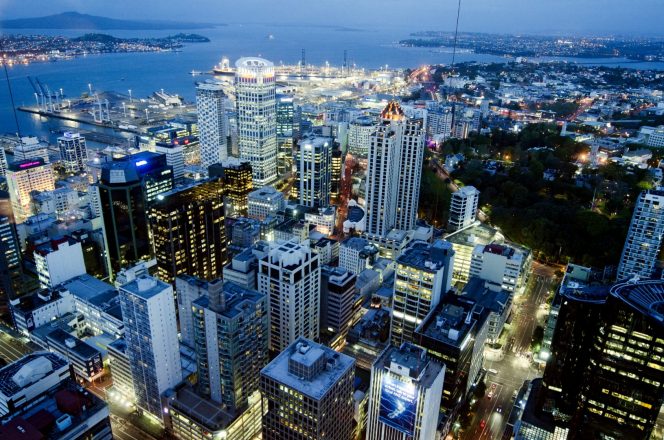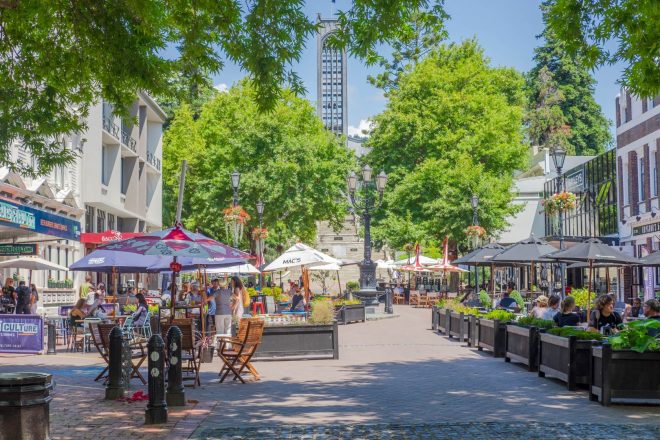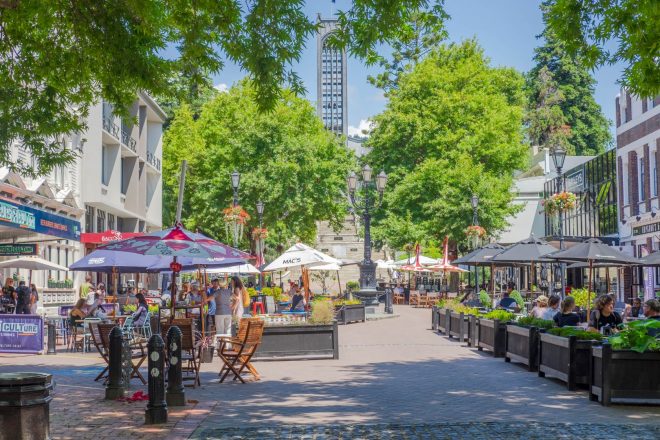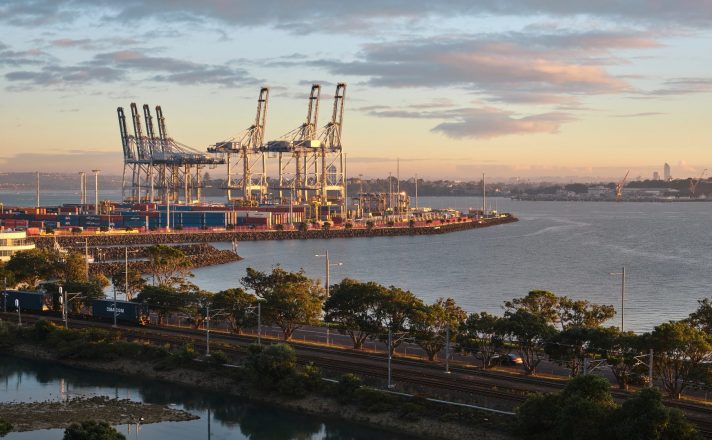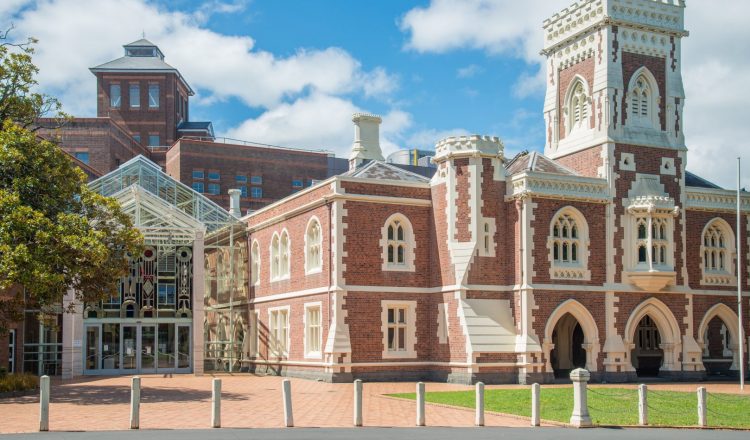OIO の同意が必要なのはいつ
「海外人」って何ですか?
同意体制の中心は、「海外人」の定義です。定義は次の範囲に拡張されます。
(a) ニュージーランド市民ではない、またはニュージーランドに通常居住する自然人。
(b) ニュージーランド以外で法人化された団体企業
(c) ニュージーランド国外法人の「25% 以上の子会社」である団体企業(ニュージーランド企業を含む)。
(d) 海外人が持っている団体企業、または海外人が持っている団体企業:
- 25% 以上の有価証券
- 統治体の25%以上の構成を制御する力。または
- 会議での議決権の 25% 以上の行使をコントロールする力
(e) パートナーシップ、未編入合弁事業、その他の未法人団体、信託およびユニット信託。関連する海外所有権または統制のしきい値を超えている場合。
「センシティブランド」って何ですか?
「センシティブ・ランド」には、以下の種類の土地におけるフリーホールド利息、または3年以上の借地利権が含まれます。
(a)5ヘクタールを超える都市以外の土地地域。
(b)特定の特定の島に着陸する。
(c) 水路、公園、保全地域、または歴史的意義のある地域を含む、またはその近さにより「敏感な」と分類されるその他の土地の区画。または
(d) 住宅地。「住宅」または「ライフスタイル」に分類される財産である。
一般的に、ニュージーランドに「通常居住者」ではない(およびそうするために必要な居住クラスビザを保有している)海外人は、宅地を取得する前にOIOの同意が必要です。海外人である投資家または開発者は、住宅供給を増やす(すなわち住居を建設することによって)宅地を購入することへの同意を得ることができ、投資完了後に不動産を売却することを約束することができる。
オーストラリアとシンガポールの投資家は、ニュージーランドに通常居住しており、特に機密ではない住宅地を取得するためにOIOの同意を必要としない投資家。
機密土地を所有またはリースする事業への重要な投資は、通常、海外投資法の目的の「機密土地」の取得を構成します。
「重要なビジネス資産」とは何ですか?
「重要なビジネス資産」の取得には以下が含まれます。
(a) ニュージーランドの投資の一部に対して支払われた対価額が1億ニュージーランドドルを超える事業において 25% 以上の株式を取得(または既存の25%以上の株式を増やす)。
(b) ニュージーランドの資産の価値が1億ニュージーランドドルを超える事業において 25% 以上の株式を取得(または既存の25%以上の株式を増やす)。
(c) ニュージーランドの財産(のれんおよびその他の無形固定資産を含む)を1億ニュージーランドドル以上取得する。または
(d) ニュージーランドで発生した支出が1億ニュージーランドドルを超える事業を設立すること。
1億ニュージーランドドルのしきい値は、オーストラリアの非政府投資家にとって一定の状況下で5億3600万ニュージーランドドル、ニュージーランドと貿易協定を結んでいる特定の国(トランスのための包括的かつ進歩的合意の当事国を含む)では2億ニュージーランドドルに増加する。パシフィック・パートナーシップ)。
アソシエイツ
海外人の「アソシエイト」による投資も取り込まれます。協会の概念には、「あらゆる取り決めまたは理解」の結果として、統制、代理店、共同または協働して行動し、海外投資への参加の状況が含まれます。

















































